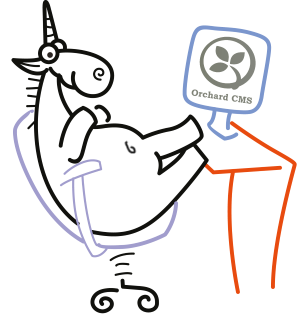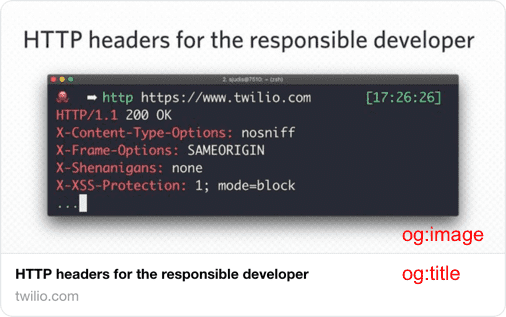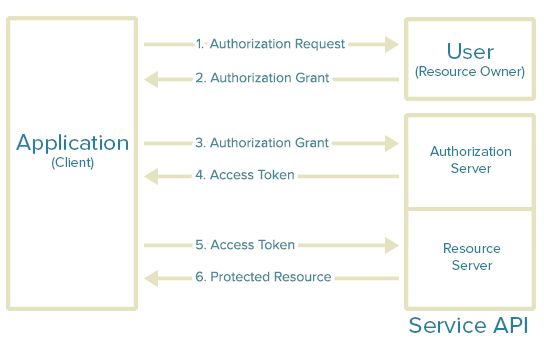
Introduction
At the start of September 2018, some cool guys also joined our team, they are fresh from University and they are really hungry to learn how to design and develop amazing web apps with SAPUI5.
That’s why I’ve started to collects internally on the web some links in order to create “The perfect journey to become a SAPUI5 Ninja Developer”.
I’ve also started to write down some exercise (from easy to hard) in order to test what they’ve learned but I will share those in a second blog post as soon I’ve finished them.
Presentation
Hi everyone,
I'm Emanuele Ricci, a full-stack developer based in Lucca (a beautiful little city in Tuscany, Italy).
Since the last three years, I work full-time for Techedge Group, a big worldwide consultant company that is a partner with SAP. I usually work in projects related with SAPUI5, SCP, HANA and in my free time, I love to create content around the technology I use at work and in my personal projects outside SAP. Lately, I'm a little bit experimenting with Android after the release of SAP Fiori SDK for Android/iOS.















